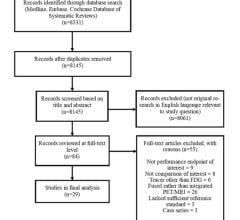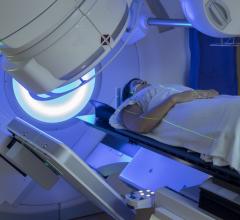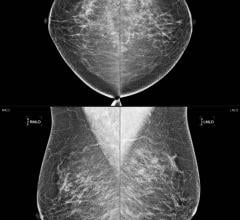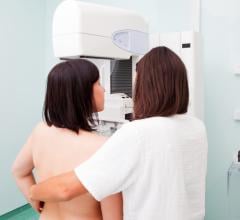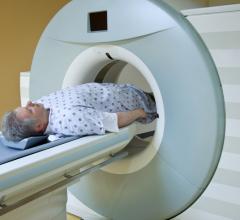February 9, 2010 - The chronic side-effects of radiotherapy for early breast cancer are not any worse when treatment is given in a lower overall dose in fewer but larger treatments, reported a study published in the Lancet Oncology.
The study, partly funded by Cancer Research UK, was part of the 4,451 patient START 1 (Standardisation of Breast Radiotherapy Trials), which found that a lower total dose of radiotherapy, delivered in fewer, larger treatments is as effective at treating the disease as the international standard of a higher total dose delivered over a longer time.
The new part of the START trial published used a questionnaire approach to assess the chronic side-effects of different radiotherapy doses for early breast cancer, as reported by women themselves.
About half the women in the trial were asked to fill in questionnaires over a five year period before and after treatment to see if they had noticed changes to the breast such as hardness, swelling and sensitivity or if they had experienced any arm or shoulder problems including pain and stiffness. These 2,208 women also answered questions on perceptions of body image.
The researchers found that long term side-effects were common for all the radiotherapy schedules with about 40 per cent of women overall reporting moderate or marked changes to the breast since treatment. Over time, breast symptoms and body image concerns did decrease.
They also found that skin changes were significantly fewer in the treatments giving lower overall dose in fewer larger doses, with a similar overall pattern for the other side effects, which supports the use of delivering radiotherapy treatment in this manner for women who have had surgery for early breast cancer.
Reference: Comparison of patient-assessed breast, arm and shoulder symptoms and body images after radiotherapy for early breast cancer was a five-year follow-up in the randomized Standardisation of Breast Radiotherapy (START) Trials, led by Penelope Hopwood, Judith Bliss, John Yarnold et al. These studies were coordinated by the Clinical Trials and Statistics Unit at The Institute of Cancer Research and funded by Cancer Research UK, the Medical Research Council and the Department of Health.
For more information: www.thelancet.com/journals/lanonc


 August 09, 2024
August 09, 2024 

